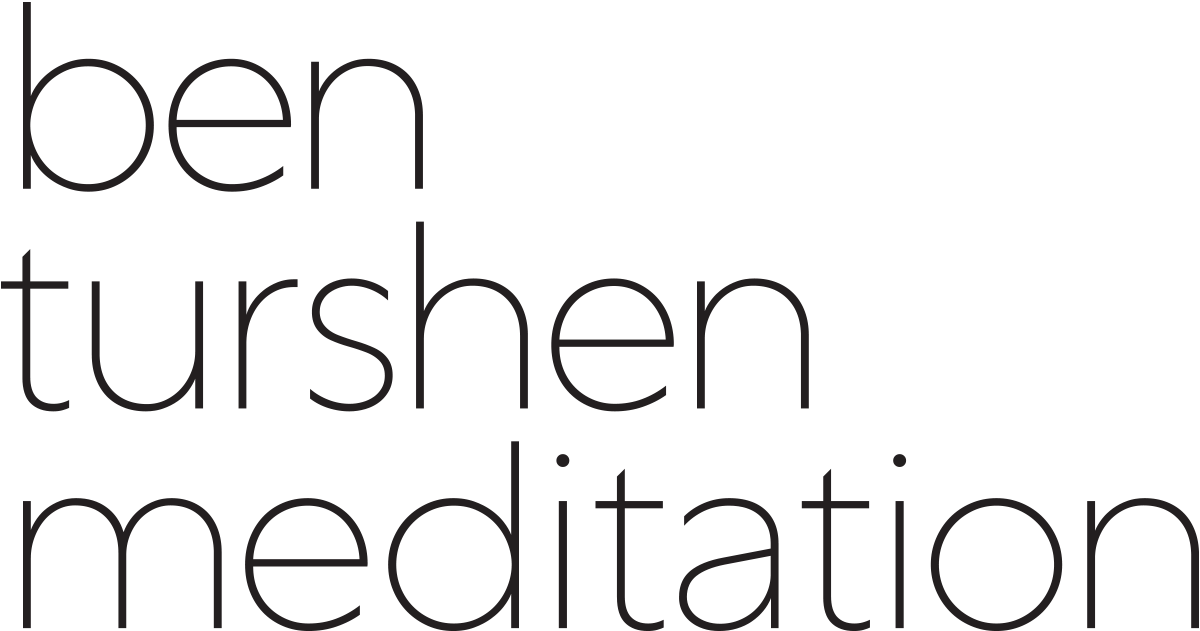Click here to return to the Access Meditation Primer. Click here to enroll in the course.
VIDEO TRANSCRIPT
A very common question is so how do you not fall asleep while meditating? Part of the way we keep from falling asleep is the way we sit. When you practice Access Meditation, you sit with your back supported, but you keep your head and neck free. When we have our head unsupported, it keeps us from falling asleep because the body requires that full loss of postural muscle tone to fall completely asleep.
It’s like when you went to school. If you stayed up too late the night before watching a movie, hanging out with friends, whatever, and you'd show up to class the next morning and close your eyes, and you kind of start to nod off. And then, you catch yourself, and you go, "I hope no one saw me do that, but it felt really good. I think I want to do it again," but you don't actually fall asleep. But if you put your head on your hand, or you put your arm on your desk, and you put your head down, you can go completely out. So, sitting with the back supported but the head free, keeps us from falling asleep.
A lot of the experience that we have doing this feels like we're sleeping, but we're not actually asleep. If you were to go into a physiology laboratory and look at the difference between the body in sleep compared to the body in meditating in this way, what often feels like sleeping is the mind being very settled, and the body experiencing a very deep state of rest. And so, it's a different physiologic signature than sleeping, although it feels similar.
Meditation feels more restful than sleep. When you come out of a meditation, it actually feels like you were sleeping for a long time in terms of how rested you are from it. When you come out of a 20-minute meditation, it feels like you just got an hour or two of sleep in terms of how well rested you feel.
The rest we gain in this type of meditation is a real game changer. One 20 minute meditation provides the rest of one to two hours of extra sleep. Two separate 20 minute meditations feel like you got an extra three to four hours of sleep. Imagine for a moment, how much easier and smoother your average day would be with an extra three or four hours of sleep. It would be like running a on a full battery all day.
If you were to do this lying down while practicing Access Meditation, you'd actually fall asleep quite quickly. Access Meditation overall has a universal positive impact on sleep. Helping you fall asleep faster, stay asleep and wake up feeling rested. But we don't actually recommend using the Access Stillness mental technique to fall asleep at night.
If you have trouble falling asleep at night, people think, "Oh. This is great. I feel like I'm falling asleep when I do it. I'll just do this to fall asleep at night." What happens is you fall asleep quite quickly, but because you're resting so deeply, the body becomes fully rested very quickly, and you wake up. Now, it's 1:00 a.m., and you can't go back to bed because your body feels like it's been sleeping all night. So, that's problematic.
Instead, if for whatever reason, you have trouble sleeping, we recommend the Access Calm breathing technique. The Access Calm breathing technique can be done while laying down and will help you fall asleep, rather than keep you up.
For the Access Stillness mental technique, if it gets close to bedtime, I recommend doing a shorter session of it. 10 minutes rather than a full 20 minutes. 10 minutes of the Access Stillness mental technique won’t keep you awake either.
And so, we always recommend doing an afternoon/evening meditation. In the afternoon or evening not close to bedtime, but if it gets close to bedtime, I always say, "Do 10 minutes." 10 minutes doesn't keep anybody up, but 20 tends to keep some people up. Some people who have trouble falling asleep, who are dependent on a certain level of fatigue. If you do that full 20-minute meditation, you may stay up for an extra hour or two.
